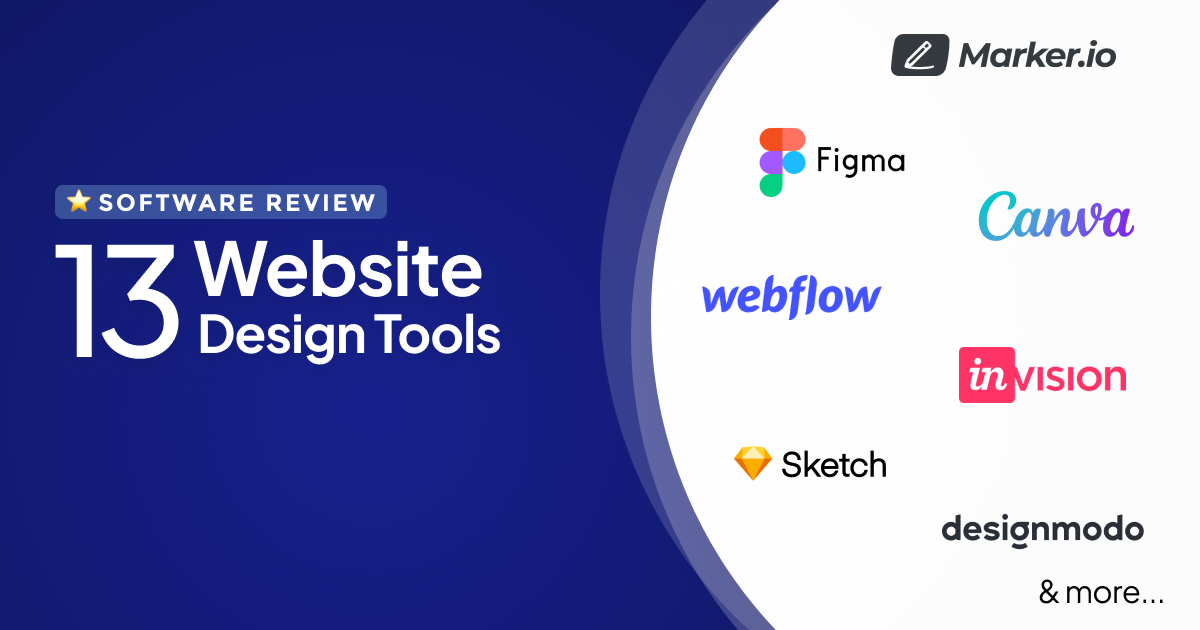Essential Tools for Website Design
- 21 February 2024
- by: Aniyya Nawab
- in: Make Money Online
- Tags: design testing, management tools, social apps, social media, tools, web design, web development
- note: no comments
Unlocking Creativity: Essential Tools for Website Design
In the digital age, where a strong online presence is paramount for businesses and individuals alike, website design plays a crucial role in shaping the user experience and visual identity of websites. From small businesses to large corporations, having a well-designed website is essential for attracting and engaging visitors, driving conversions, and building brand credibility. To achieve stunning and functional website designs, designers rely on a variety of tools and resources specifically tailored to the needs of website design. Let’s explore some essential tools for website design and how they empower designers to unleash their creativity.
1. Graphic Design Software: Graphic design software forms the foundation of website design, enabling designers to create visually stunning graphics, layouts, and imagery for websites. Popular graphic design tools like Adobe Photoshop, Illustrator, and Sketch offer powerful features and capabilities for designing website elements such as logos, banners, icons, and background images. These tools provide designers with the flexibility and control to experiment with different design concepts, colors, and visual effects, ensuring that websites stand out and leave a lasting impression on visitors.
2. Wireframing and Prototyping Tools: Wireframing and prototyping tools are essential for planning and conceptualizing the layout and structure of a website before diving into the design and development process. Tools like Adobe XD, Sketch, and Figma allow designers to create wireframes and interactive prototypes that visualize the navigation, content hierarchy, and user flow of a website. By creating wireframes and prototypes, designers can iterate on design ideas, gather feedback from stakeholders, and refine the user experience to ensure that the final website design meets the needs and expectations of users.
3. Content Management Systems (CMS): Content Management Systems (CMS) like WordPress, Joomla, and Drupal provide designers with a platform for building and managing dynamic websites without the need for extensive coding knowledge. These CMS platforms offer pre-built templates, themes, and plugins that streamline the website design process and empower designers to create customized websites with ease. By leveraging CMS platforms, designers can focus on designing the visual elements and user interface of websites, while the CMS handles the backend functionality and content management tasks.
4. Collaboration and Project Management Tools: Collaboration and project management tools are essential for facilitating communication and collaboration among designers, developers, and other stakeholders involved in the website design process. Tools like Slack, Asana, and Trello enable teams to coordinate tasks, share files, and track project progress in real-time, ensuring that everyone is on the same page and working towards a common goal. By fostering collaboration and streamlining workflow processes, these tools help ensure the successful execution of website design projects from start to finish.
5. Responsive Design Testing Tools: With the proliferation of mobile devices and varying screen sizes, responsive design testing tools are essential for ensuring that websites are optimized for viewing across different devices and platforms. Tools like BrowserStack, Responsinator, and Google’s Mobile-Friendly Test allow designers to test websites on various devices and screen resolutions, identify responsive design issues, and make necessary adjustments to ensure a seamless user experience. By prioritizing responsive design, designers can ensure that websites are accessible and user-friendly across all devices, enhancing user satisfaction and engagement.
In conclusion, website design is a multifaceted process that requires a combination of creativity, technical skill, and the right tools and resources. By leveraging graphic design software, wireframing and prototyping tools, content management systems, collaboration and project management tools, and responsive design testing tools, designers can create visually stunning and functional websites that captivate users and drive business growth. Whether you’re a seasoned designer or just starting in the field of website design, having access to the right tools is essential for bringing your design visions to life and achieving success in the competitive landscape of the internet.

